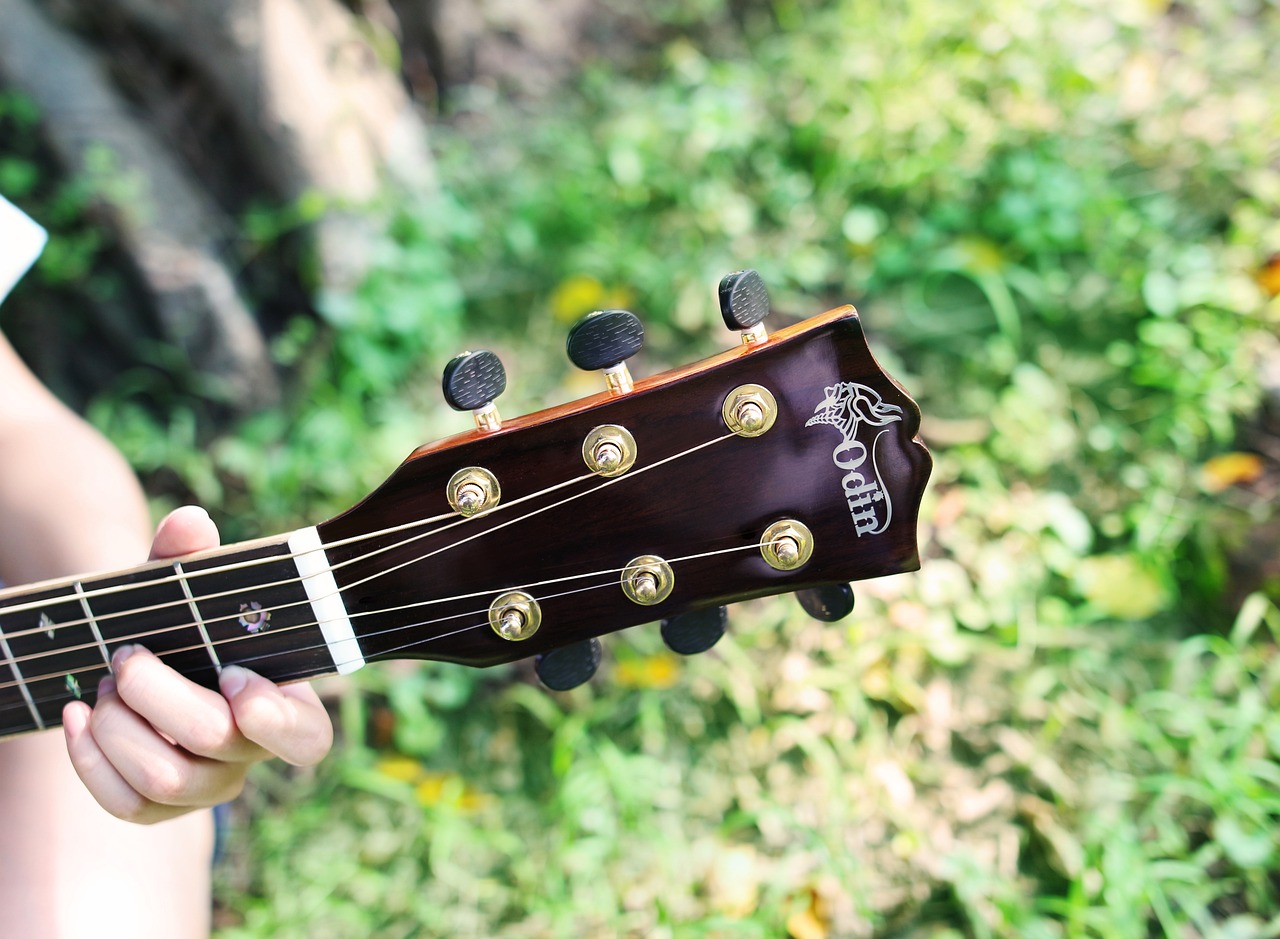Odin is a prominent figure in Norse mythology, recognized for his many titles and for being the deity associated with war and death. A significant aspect of his role involves guiding half of the warriors who perish in combat to his magnificent hall known as Valhalla. He is characterized as the All-Father, often depicted with only one eye, having sacrificed the other to obtain omniscience—an understanding of the happenings across the cosmos.
He is the father of two sons: Balder, born of his first wife Frigg, and Thor, whose mother is Jord. Additionally, Odin is accompanied by several animal companions. His two ravens, Hugin and Munin, embody thought and memory, flitting throughout the world to gather information and relay it back to him. Furthermore, his eight-legged steed Sleipnir is renowned for its ability to traverse all nine realms of existence. Odin is also attended by two wolves, Geri and Freki.
In his quest for knowledge, Odin learned the profound art of prophecy from the goddess Freyja. Among his most prized possessions is a golden ring called Draupnir, which holds significant value among the gods.
Odin’s Quest for Knowledge
Sitting on his throne named Hlidskjalf, which overlooks all realms alongside Frigg in Valhalla, Odin was driven by an insatiable thirst for wisdom, longing to uncover truths veiled from him. This yearning led him to undertake profound sacrifices.
Odin made his offering by losing his eye at Mimir’s well and performed a symbolic act of self-immolation with his spear, Gungnir. Additionally, he hanged himself from Yggdrasil, the sacred tree of life, for a span of nine days and nights to acquire insights into different dimensions and comprehend the runes lying beyond his reach.
During these self-imposed trials, he experienced visions and attained profound wisdom. The arcane knowledge he received enabled him to heal ailments, pacify storms, turn adversarial forces against themselves, invoke love among women, and render even the most dangerous troll women harmless with just a glance.
Odin was also adept at shapeshifting, possessing the remarkable ability to transform his form at will. This gift allowed him to enter ecstatic trances, projecting his spirit to take on the guise of another individual or creature. In these altered states, he could journey through various realms as different beings—a bird, a four-legged animal, a fish, or even a serpent—visiting distant locations far from his physical form.
While often seen as a charismatic individual with a fondness for mead and wine, Odin faced criticism for what some termed “unmanly behavior.” His practice of drumming and divination, activities traditionally deemed feminine, sparked disdain among certain factions. The juxtaposition of his identity as a male seer elicited complex reactions within his society.
In summary, Odin remains a multifaceted character, revered and scrutinized for his thirst for knowledge, his magical abilities, and his intricate relationships with symbols of power and wisdom.



